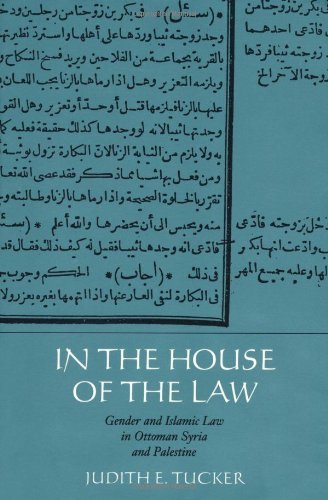
By Judith E. Tucker
Atlas of Islamic History by Peter Sluglett,Andrew Currie
By Peter Sluglett,Andrew Currie
This Atlas presents the most outlines of Islamic heritage from the fast pre-Islamic interval until eventually the top of 1920, that's, sooner than so much elements of the Muslim international grew to become sovereign state states.
Each map is observed by means of a textual content that contextualises, explains, and expands upon the map, and are absolutely cross-referenced. the entire maps are in complete color: 18 of them are double-page spreads, and 25 are unmarried web page layouts. this is often an atlas of Islamic, now not easily Arab or Middle jap history; accordingly it covers the total Muslim international, together with Spain, North, West and East Africa, the Indian sub-continent, imperative Asia and South-East Asia. The maps usually are not static, in that they convey transitions in the old interval to which they refer: for example, the phases of the 3 contemporaneous Umayyad, Fatimid and ‘Abbasid caliphates on Map 10, or the growth of the Mongol invasions and the formation of a number of the separate Mongol khanates among 1200 and 1300 on Map 21. utilizing the freshest cartographic and leading edge layout concepts, the maps holiday new flooring in illuminating the historical past of Islam.?
Brought correct modern with the addition of a Postscript detailing The Islamic international due to the fact c.1900, a Chronology from 500 BCE to 2014, and extra endpaper maps illustrating The unfold of Islam in the course of the a long time and The Islamic global within the twenty first Century, the Atlas of Islamic History is a necessary reference paintings and a useful textbook for undergraduates learning Islamic background, in addition to people with an curiosity in Asian historical past, center East historical past and international historical past extra commonly.
Islam & Coran: idées reçues sur l'Islam et le Coran (IDEES by Paul Balta,Michel Cuypers,Geneviève Gobillot

By Paul Balta,Michel Cuypers,Geneviève Gobillot
Analysant les principales idées reçues, Paul Balta d'une half, Michel Cuypers et Geneviève Gobillot d'autre half, font dialoguer l'islam de l. a. culture, de l'histoire et du monde moderne, avec l'islam du Livre, de l'exégèse traditionnelle et de l. a. recherche scientifique actuelle. Ils nous donnent ainsi à voir une richesse et une diversité trop souvent occultées par les intégristes de tous bords.
The Book of Iqbal by 'Iqbal,Paul Smith
By 'Iqbal,Paul Smith
Translation & advent Paul Smith
Muhammad Iqbal (1873-1938) was once born in Sialkot, Punjab. He graduated from govt university, Lahore with a master’s measure in philosophy. He taught there whereas he demonstrated his acceptance as an Urdu poet. in this interval his poetry expressed an ardent Indian nationalism, yet a marked switch came around his perspectives whilst he used to be learning for his doctorate at Cambridge, traveling German universities and qualifying as a barrister. The philosophies of Nietzsche and Bergson encouraged him and he grew to become serious of Western civilization that he considered as decadent. He became to Islam and Sufism for concept and rejected nationalism as a affliction of the West. those rules discovered expression in his lengthy poems written in Persian, possibly to achieve his principles an viewers within the Moslem international outdoor India. turning into confident that Muslims have been at risk from the Hindu majority if India may still turn into self reliant, he gave his aid to Jinnah because the chief of India’s Muslims. In his ultimate years he lower back to Urdu as his medium with ghazals encouraged by means of his on-and-off Sufism. here's a huge number of his ruba’is, ghazals, nazms, qit’as, Masnavis & a qasida in English within the right rhyme-structure and that means. creation on his lifestyles, instances & Poetry and the varieties he wrote in. huge layout, 7” x 10” 252 pages.
COMMENTS ON PAUL SMITH’S TRANSLATION OF HAFIZ’S ‘DIVAN’.
“It isn't really a joke... the English model of the entire ghazals of Hafiz is a smart feat... i'm astonished. ” Dr. Mir Mohammad Taghavi (Dr. of Literature) Tehran.
“Superb translations. ninety nine% Hafiz 1% Paul Smith.” Ali Akbar Shapurzman, translator from English into Persian, knower of Hafiz’s Divan off via heart.
“Smith has most likely prepare the best choice of literary evidence and historical past referring to Hafiz.” Daniel Ladinsky (Penguin Books author).
Paul Smith is a poet, writer and translator of over one hundred fifty books of Sufi poets of the Persian, Arabic, Urdu, Turkish, Pashtu and different languages… together with Hafiz, Sadi, Nizami, Rumi, ‘Attar, Sana’i, Jahan Khatun, Obeyd Zakani, Mu’in, Amir Khusrau, Nesimi, Kabir, Anvari, Ansari, Jami, Omar Khayyam, Rudaki, Yunus Emre, Mahsati, Lalla Ded, Bulleh Shah, Shah Latif, Makhfi and so on, in addition to his personal poetry, fiction, performs, biographies, children’s books and a dozen screenplays. www.newhumanitybooksbookheaven.com
Sufi Visionary of Ottoman Damascus: 'Abd al-Ghani by Elizabeth Sirriyeh
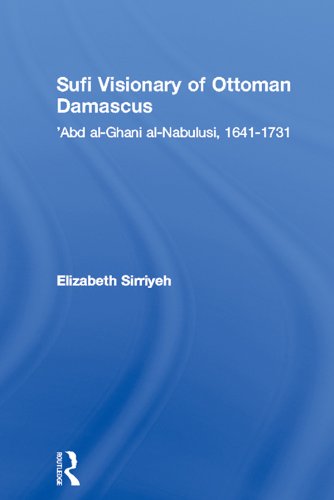
By Elizabeth Sirriyeh
Awakening Islam by Stéphane Lacroix,George Holoch

By Stéphane Lacroix,George Holoch
Discourses of Rumi (Curzon Paperbacks) by A.J Arberry
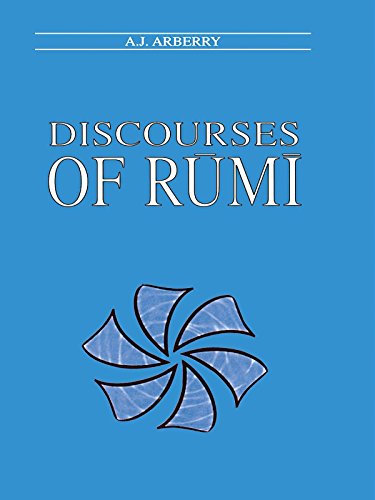
By A.J Arberry
Temple & Contemplation (Islamic Texts and Contexts) by Corbin
By Corbin
Arabia and the Arabs: From the Bronze Age to the Coming of by Robert G. Hoyland
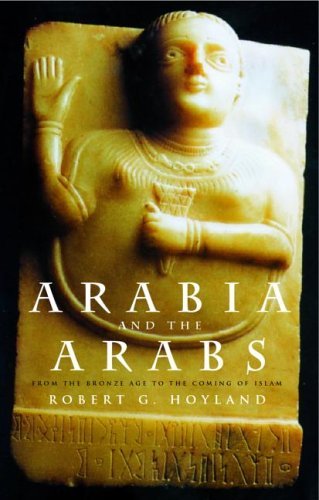
By Robert G. Hoyland
Arabia and the Arabs offers the one up to date, one-volume survey of the zone and its peoples, from prehistory to the arriving of Islam
Using a variety of resources - inscriptions, poetry, histories, and archaeological proof - Robert Hoyland explores the most cultural components of Arabia, from historic Sheba within the south, to the deserts and oases of the north. He then examines the key issues of
*the economy
*society
*religion
*art, structure and artefacts
*language and literature
*Arabhood and Arabisation
The quantity is illustrated with greater than 50 photos, drawings and maps.
A Soaring Minaret: Abu Bakr al-Wasiti and the Rise of by Laury Silvers
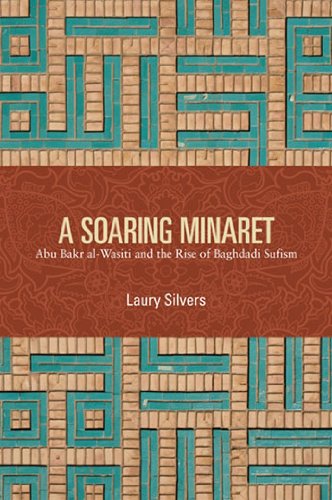
By Laury Silvers
Sufi pupil Abu Bakr al-Wasiti (d. ca. 320 AH/932 CE) was once known as a “soaring minaret” for his slicing reviews and willing theological insights. Wasiti’s existence is little identified this day, yet components of his misplaced Qur